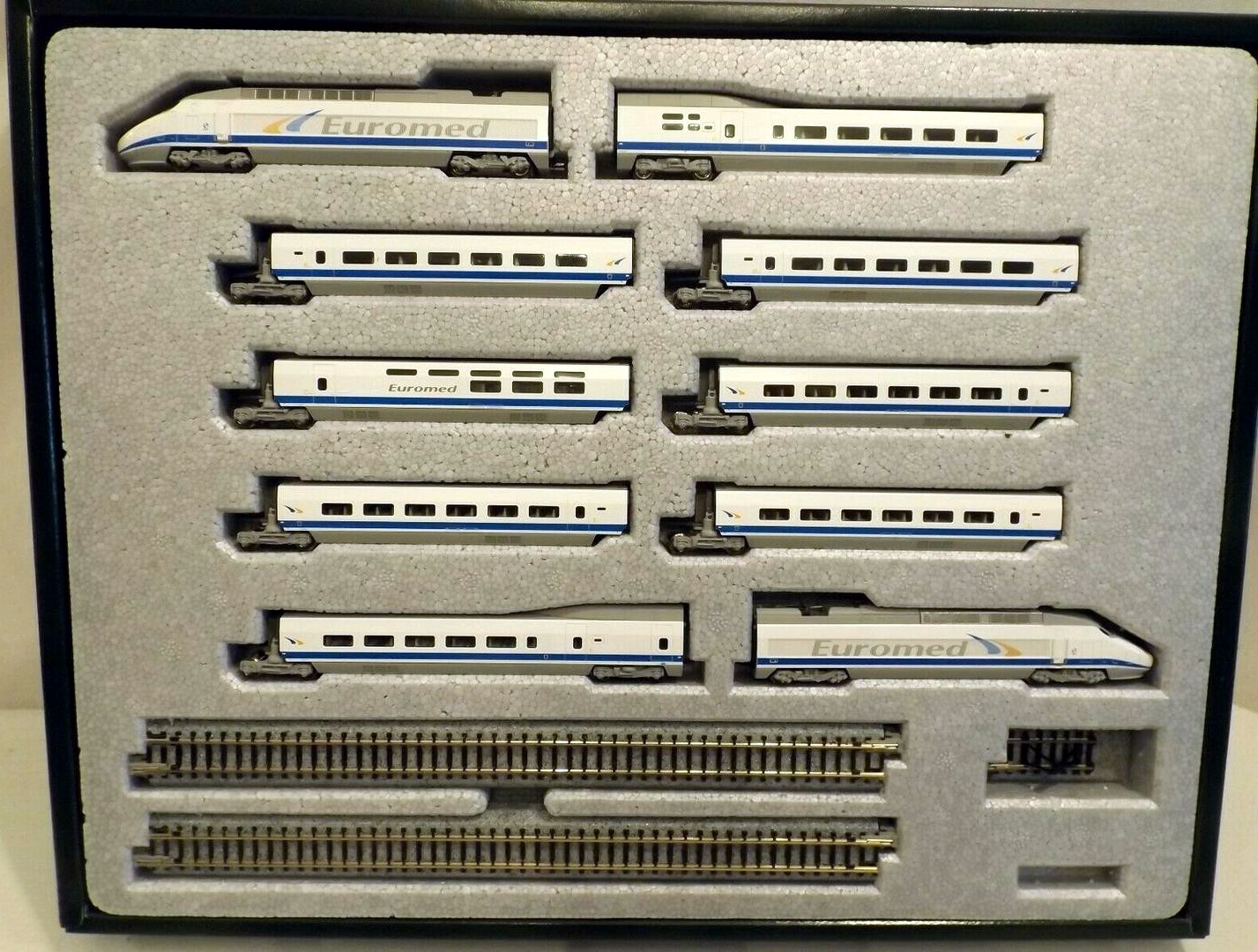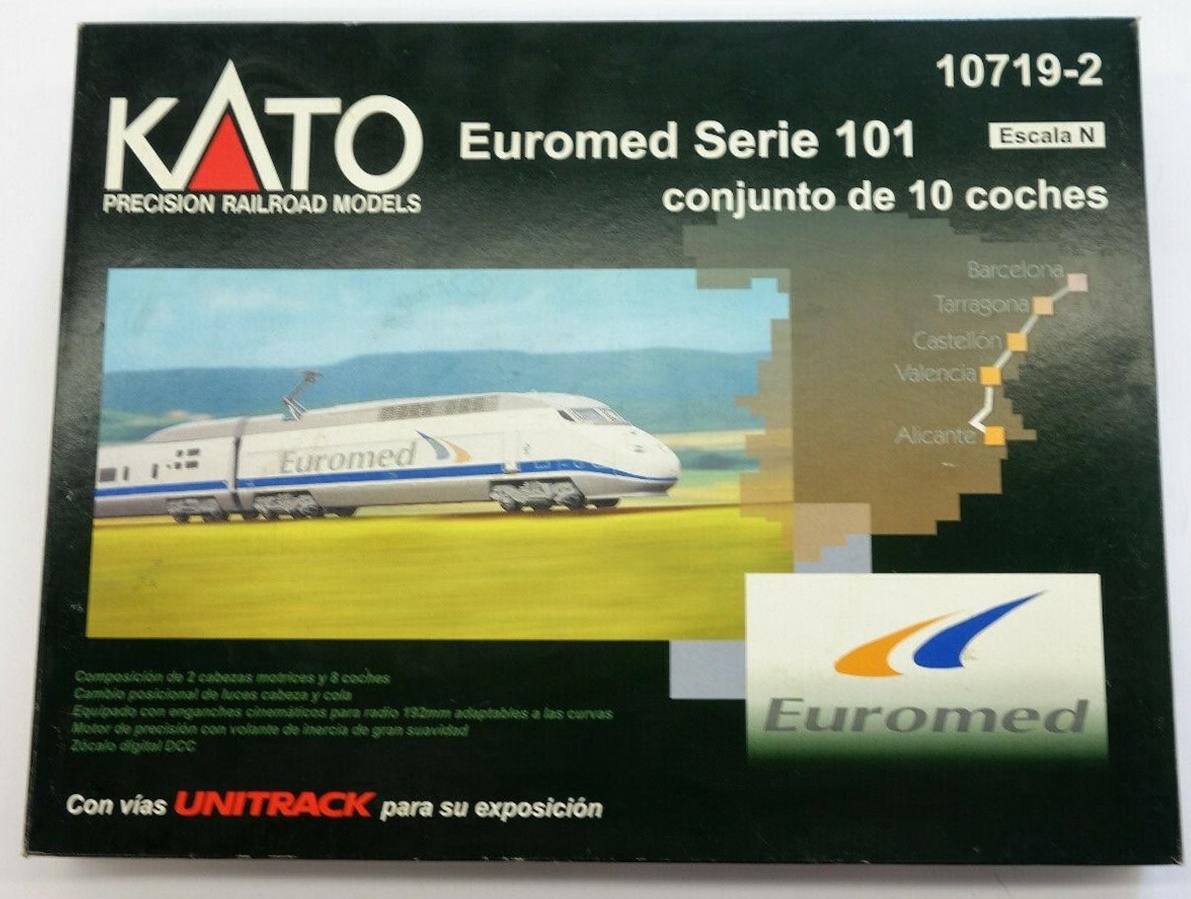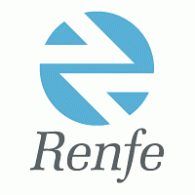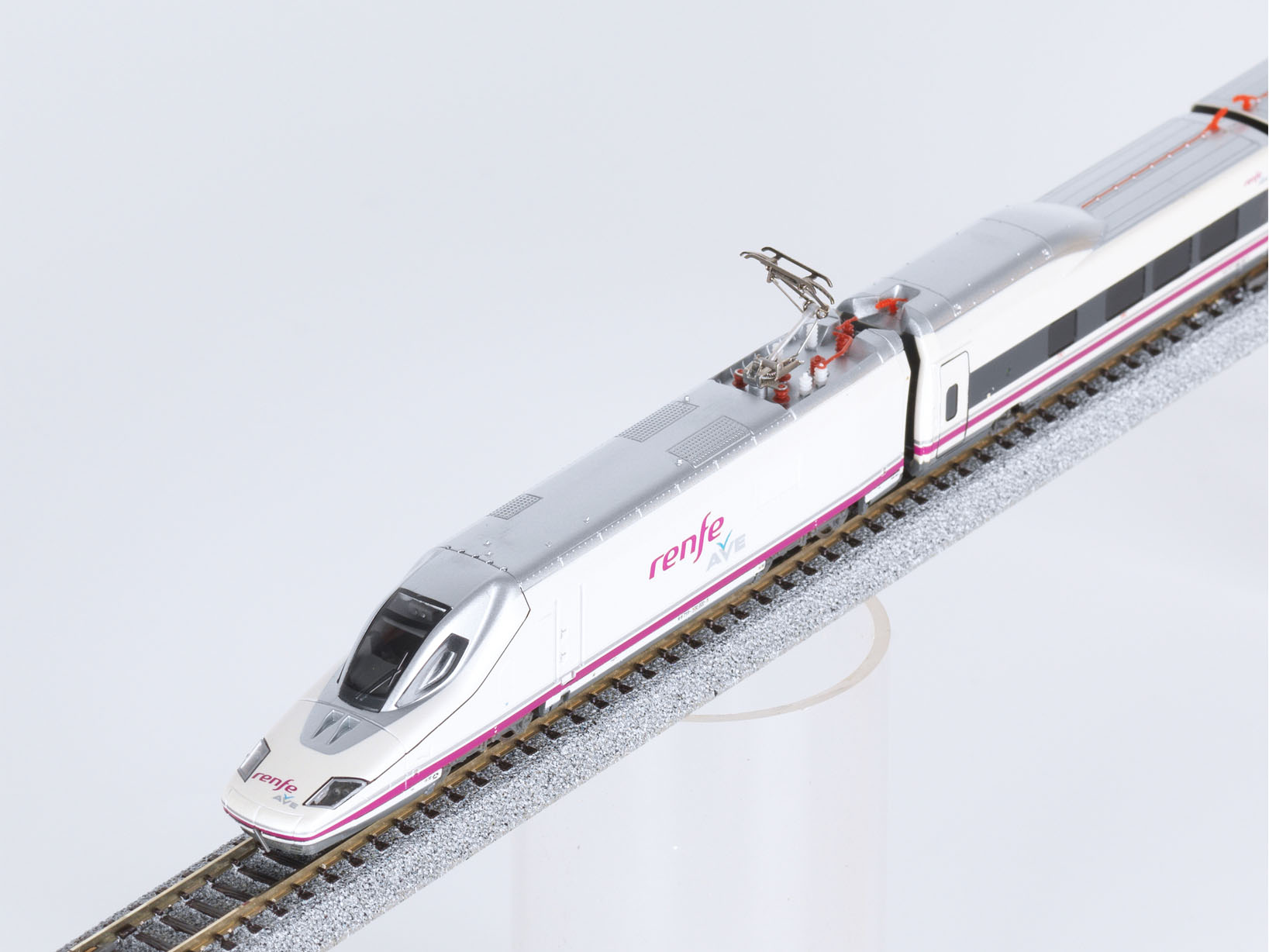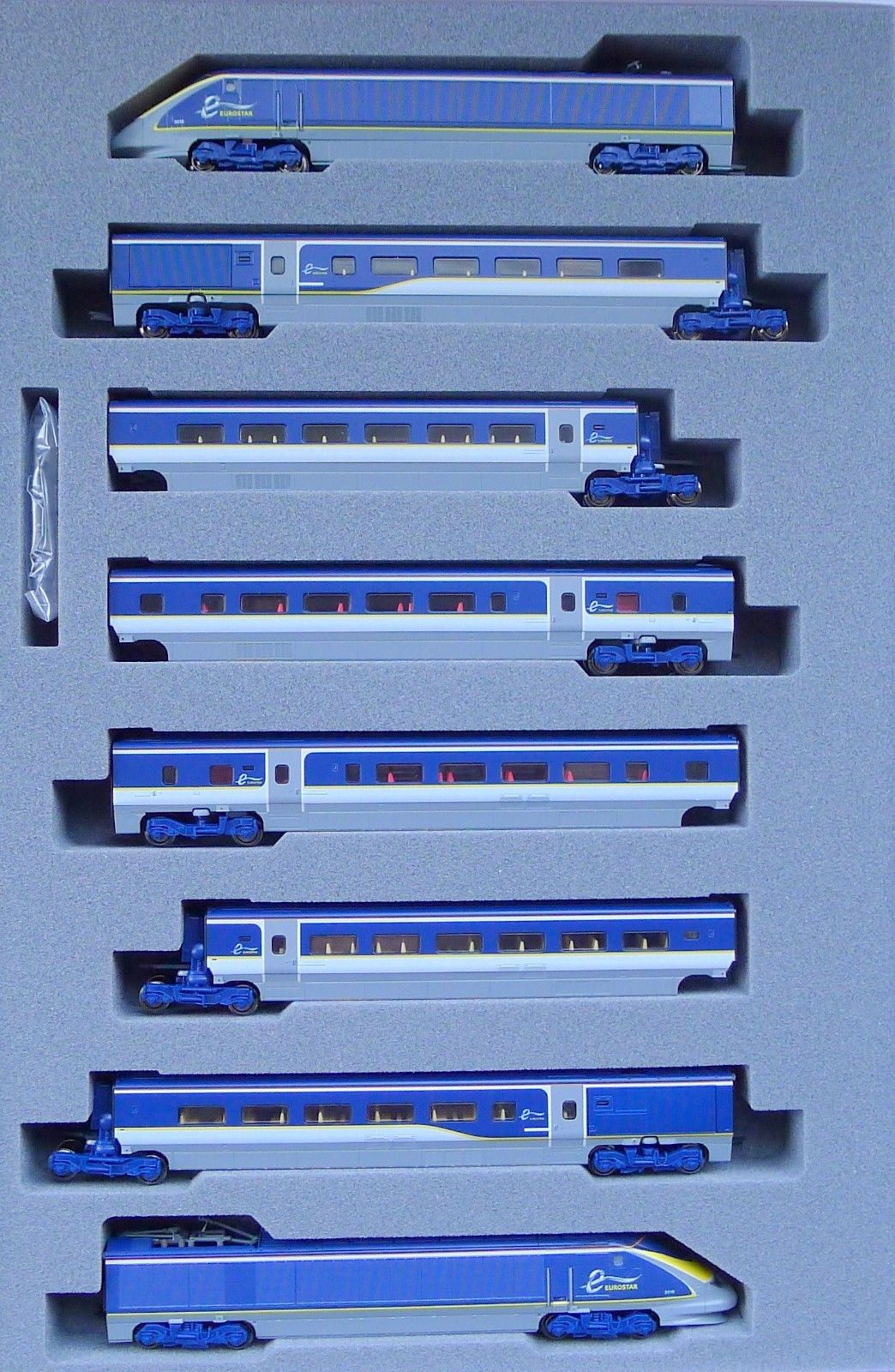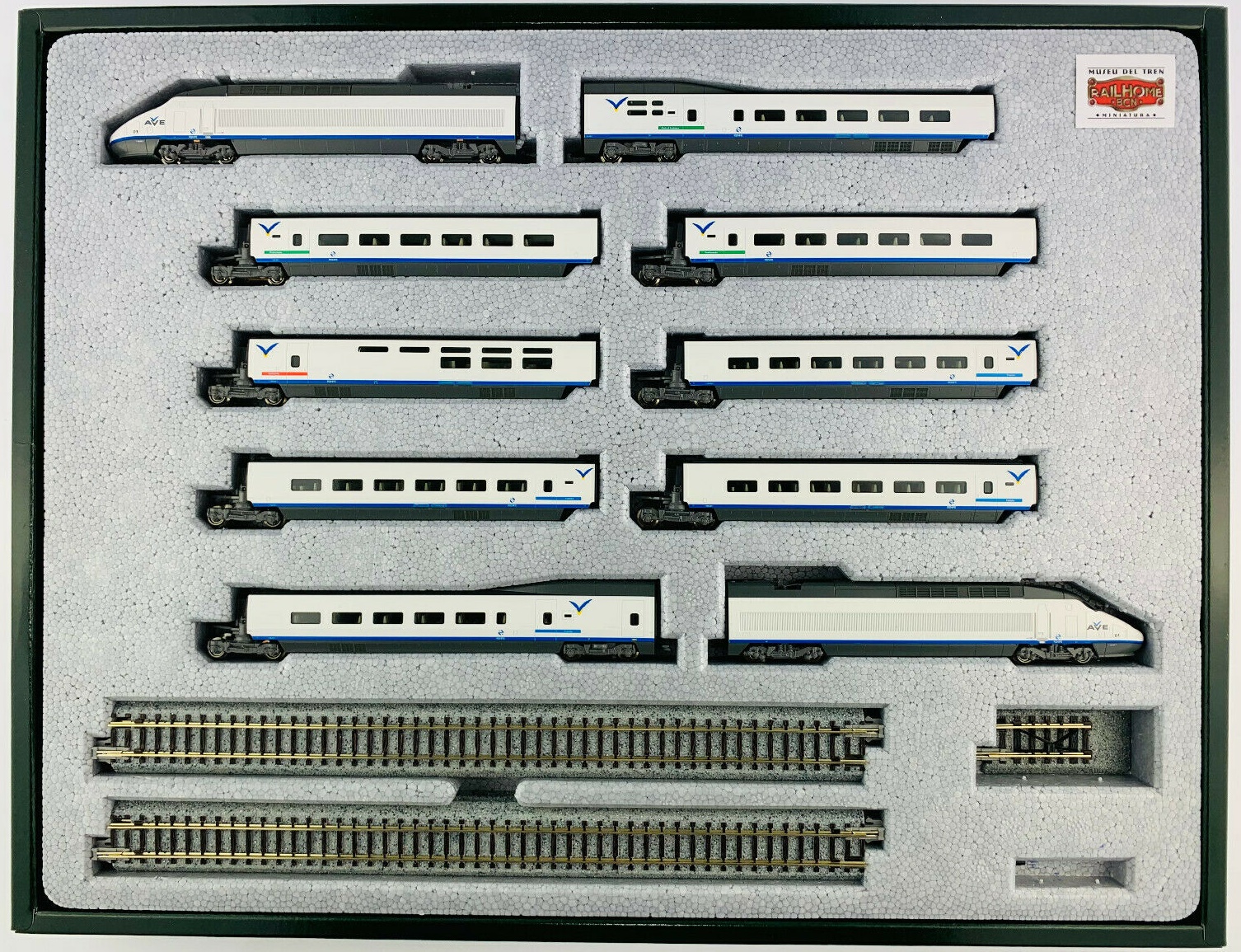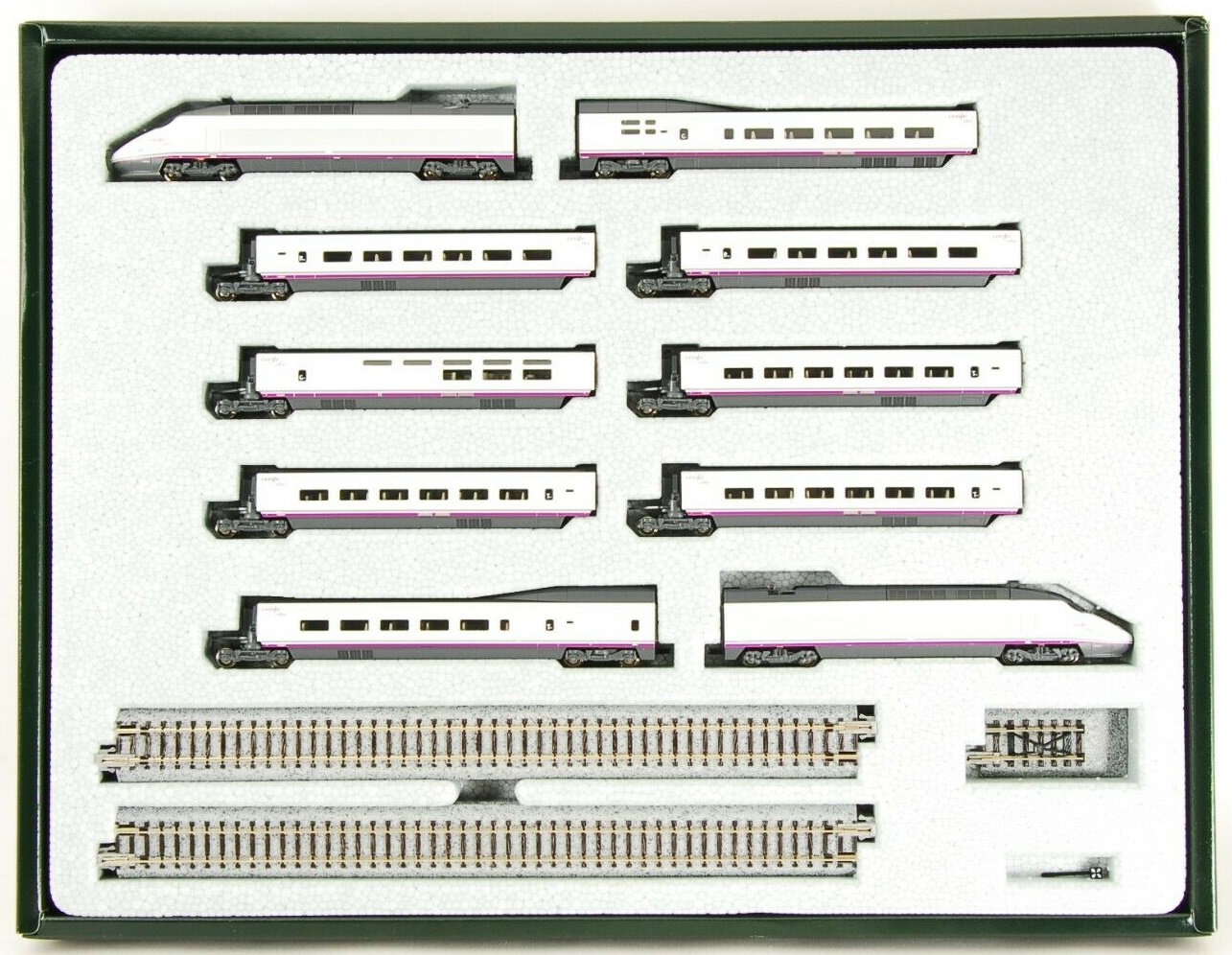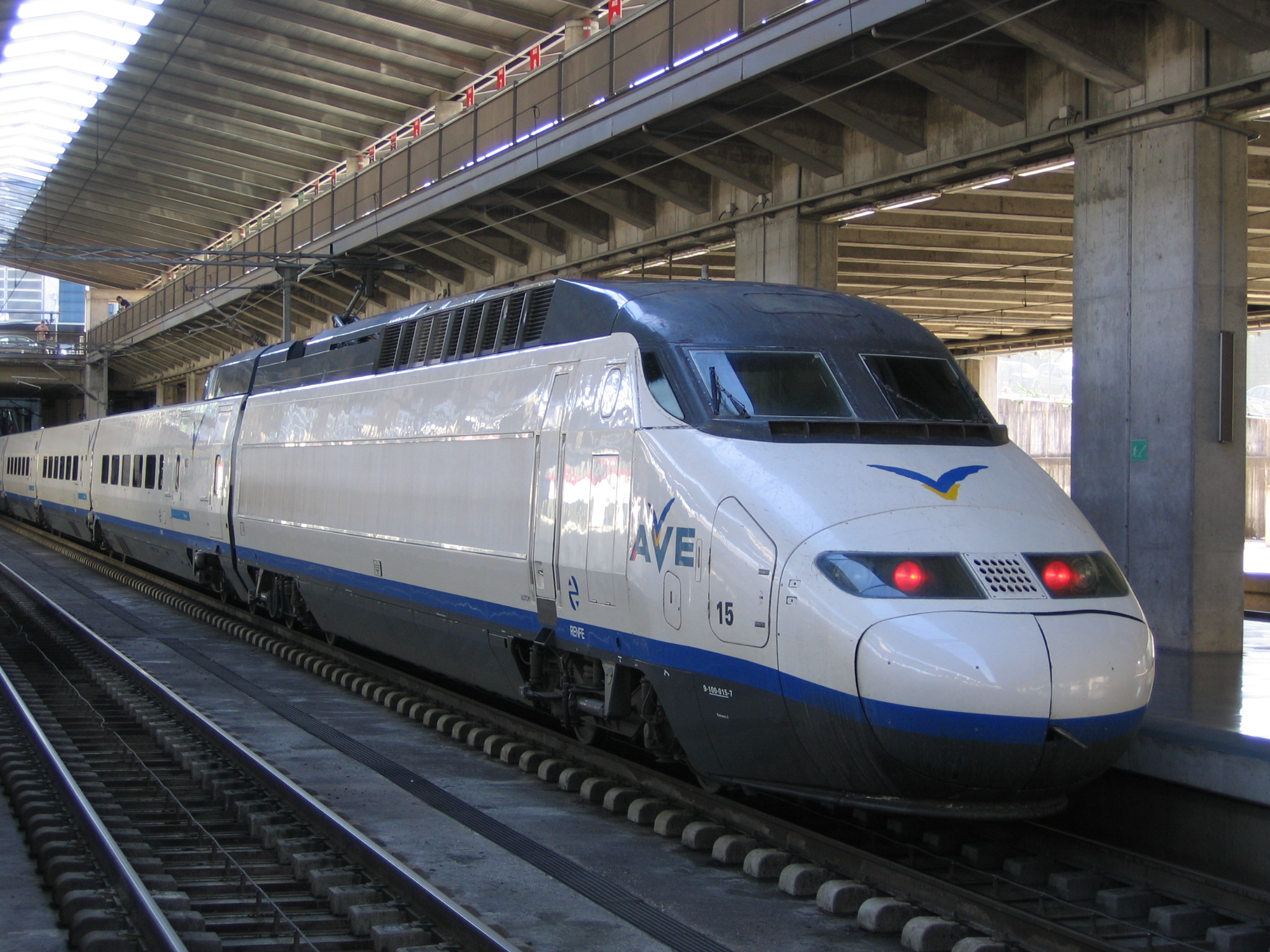Specific Item Information: Produced by Alstom, the AVE Serie 100, which is based upon the TGV Atlantic, was for the first time presented in 1992. This high-speed train was put into operation on the Madrid-Sevilla route and, named Euromed, on the Barcelona- Valenzia route.
The AVE 100.15 reached a new speed record of 356,8 kms/hr.
This 10 car model is delivered with Kato UNITRACK display.
For digital operation, two PC boards (K 147456) are available.
The AVE 100.15 reached a new speed record of 356,8 kms/hr.
This 10 car model is delivered with Kato UNITRACK display.
For digital operation, two PC boards (K 147456) are available.
Model Information: Kato Introduced it first TGV model in 1983, the 10-091 6-Unit set.
The box sets consist of either a push-pull engine pair with transition coaches and standard coaches and the "add-on" sets consist of standard coaches only. With the push-pull sets, typically one engine is powered and one is a dummy. Coupler types vary from set to set and some sets even carry different couplers for different parts of the train. Newer sets have removable noses for prototypically accurate "double" trains. All the sets contain movable pantographs but none are operating in the sense they cannot draw power to the engine from catenary wires.
The Kato model has evolved over the years. The early engines were typical of 90's vintage kato mechanisms and run smoothly and quietly. Later engines sport Kato's "shock-absorber" design for even quieter operation.
Though we have created only one body style so far for all the Kato TGVs, they are actually quite different one from each other, and not only from the visual aspect reflecting the various evolutions of the prototype; the internal mechanism has also evolved over years. The engines of the initial model of 1983 were quite light, the ones from Eurostar of 1995 were very hefty with a metal chassis leaving very few space for a decoder both in the motorized and dummy engines, the ones from the Thalys, POS et Duplex were mostly plastic with a too light dummy engine.
They come presented in various packaging: the 8-car sets in the large Kato bookcase box, the 10-car sets of the 2000-2010ish in a large box with Unitrack straight tracks for display, and the most recent - post mid-2010s - 10-car sets in 2 small Kato bookcase boxes (without track).
The box sets consist of either a push-pull engine pair with transition coaches and standard coaches and the "add-on" sets consist of standard coaches only. With the push-pull sets, typically one engine is powered and one is a dummy. Coupler types vary from set to set and some sets even carry different couplers for different parts of the train. Newer sets have removable noses for prototypically accurate "double" trains. All the sets contain movable pantographs but none are operating in the sense they cannot draw power to the engine from catenary wires.
The Kato model has evolved over the years. The early engines were typical of 90's vintage kato mechanisms and run smoothly and quietly. Later engines sport Kato's "shock-absorber" design for even quieter operation.
Though we have created only one body style so far for all the Kato TGVs, they are actually quite different one from each other, and not only from the visual aspect reflecting the various evolutions of the prototype; the internal mechanism has also evolved over years. The engines of the initial model of 1983 were quite light, the ones from Eurostar of 1995 were very hefty with a metal chassis leaving very few space for a decoder both in the motorized and dummy engines, the ones from the Thalys, POS et Duplex were mostly plastic with a too light dummy engine.
They come presented in various packaging: the 8-car sets in the large Kato bookcase box, the 10-car sets of the 2000-2010ish in a large box with Unitrack straight tracks for display, and the most recent - post mid-2010s - 10-car sets in 2 small Kato bookcase boxes (without track).
DCC Information: Only the most recent versions (from the mid 2010s) are factory-equipped with a NEM 651 6-pin decoder socket (but not the Eurostar).
However, all Kato TGVs, starting from the original 1983 version, are DCC friendly is the sense that the motor is isolated from the chassis, and the motor tabs are accessible from the top. They are all equipped with a circuit board (PCB) that can be modified to accommodate a wired decoder; meaning you have to cut a few traces, properly wire the LEDs (they are not always mounted the same way) and isolate the motor tabs.
For models released in the 2000-2010ish period, replacement PCBs equipped with 6-pin decoder socket were available as spare parts:
- For POS and Lyria: 14746-3G (M1 motorized engine) and 14755-3G (M2 dummy engine)
- For Thalys: K10918-25 (M1 motorized engine) and K10918-26 (M2 dummy engine)
The PCB costs as much as a decoder, and you still have to buy a decoder!
The Eurostar, even re-released in 2017, remains at the border of being DCC-Friendly, with very little room, just to install a small decoder like a Z-scale one.
Some [1] [2] report to have installed a Digitrax DN163K0A though after having replaced the LEDs by the ones from the original model and some modifications of the shell.
The Thalys is a bit more easier to digitalize, though still requiring to modify the PCB and solder a decoder; again some [3] have achieved to use a Digitrax DN163K0A, with modifications.
However, all Kato TGVs, starting from the original 1983 version, are DCC friendly is the sense that the motor is isolated from the chassis, and the motor tabs are accessible from the top. They are all equipped with a circuit board (PCB) that can be modified to accommodate a wired decoder; meaning you have to cut a few traces, properly wire the LEDs (they are not always mounted the same way) and isolate the motor tabs.
For models released in the 2000-2010ish period, replacement PCBs equipped with 6-pin decoder socket were available as spare parts:
- For POS and Lyria: 14746-3G (M1 motorized engine) and 14755-3G (M2 dummy engine)
- For Thalys: K10918-25 (M1 motorized engine) and K10918-26 (M2 dummy engine)
The PCB costs as much as a decoder, and you still have to buy a decoder!
The Eurostar, even re-released in 2017, remains at the border of being DCC-Friendly, with very little room, just to install a small decoder like a Z-scale one.
Some [1] [2] report to have installed a Digitrax DN163K0A though after having replaced the LEDs by the ones from the original model and some modifications of the shell.
The Thalys is a bit more easier to digitalize, though still requiring to modify the PCB and solder a decoder; again some [3] have achieved to use a Digitrax DN163K0A, with modifications.
Prototype History: The AVE Class 100/101 or Serie 100/101 is a high-speed train used for the AVE (Alta Velocidad Española, Spanish High Speed) service and operated in Spain by the state-run railway company RENFE. The two series differ by their gauge: Standard gauge 1.435 m for Serie 100, Iberic Gauge 1.668m for Serie 101.
The AVE Serie 100/101 was manufactured by Alstom, based on TGV Atlantique of the same vintage.
RENFE's original order was for 18 units of Serie 100, for operation of the Madrid-Sevilla route, and 6 units of Serie 101, named Euromed, for the Barcelona- Valenzia route. In 2009, the Serie 101 were converted to Standard Gauge and were assigned to the Madrid-Sevilla route. In 2013, 10 units were equipped with French signaling systems, and were able to operate cross-border service between Barcelona and several large cities of the south of France.
Read more about Renfe Serie 100 (in Spanish) on www.ferropedia.es (archive)
Read more on Wikipedia.
The AVE Serie 100/101 was manufactured by Alstom, based on TGV Atlantique of the same vintage.
RENFE's original order was for 18 units of Serie 100, for operation of the Madrid-Sevilla route, and 6 units of Serie 101, named Euromed, for the Barcelona- Valenzia route. In 2009, the Serie 101 were converted to Standard Gauge and were assigned to the Madrid-Sevilla route. In 2013, 10 units were equipped with French signaling systems, and were able to operate cross-border service between Barcelona and several large cities of the south of France.
Read more about Renfe Serie 100 (in Spanish) on www.ferropedia.es (archive)
Read more on Wikipedia.
Road Name History: Renfe Operadora (Spanish pronunciation: [ˈreɱfe opeɾaˈðoɾa]) is the state-owned company which operates freight and passenger trains on the 1,668 mm (5 ft 5 21⁄32 in) Iberian gauge, the 1,435 mm (4 ft 8 1⁄2 in) standard gauge and the 1,000 mm (3 ft 3 3⁄8 in) metre gauge networks of the Spanish national railway infrastructure company ADIF (Administrador de Infraestructuras Ferroviarias—Railway Infrastructure Administration).
The name "Renfe" is derived from that of the former Spanish National Railway Network, RENFE (acronym of Red Nacional de los Ferrocarriles Españoles—National Network of Spanish Railways) created on 24 January 1941 with the nationalisation of Spain's railways. As per EU Directive 91/440, RENFE was divided into Renfe-Operadora (operations) and ADIF (infrastructure) on 1 January 2005.
Read more on Wikipedia.
The name "Renfe" is derived from that of the former Spanish National Railway Network, RENFE (acronym of Red Nacional de los Ferrocarriles Españoles—National Network of Spanish Railways) created on 24 January 1941 with the nationalisation of Spain's railways. As per EU Directive 91/440, RENFE was divided into Renfe-Operadora (operations) and ADIF (infrastructure) on 1 January 2005.
Read more on Wikipedia.
Brand/Importer Information: Wolfgang Lemke GmbH from Haan, Germany, is an importer and also a manufacturer of model articles, especially for model railways in N and H0 scales.
Starting in 1990, Lemke was the general importer for Kato's products in Germany and Europe, a position now held by Noch. Lemke is also producing, in cooperation with Kato, specific models for the German and European market under the brand name 'Kato Lemke'.
Starting in 1990, Lemke was the general importer for Kato's products in Germany and Europe, a position now held by Noch. Lemke is also producing, in cooperation with Kato, specific models for the German and European market under the brand name 'Kato Lemke'.
Item created by: Alain LM on 2022-03-07 12:17:31. Last edited by Alain LM on 2022-03-07 12:57:32
If you see errors or missing data in this entry, please feel free to log in and edit it. Anyone with a Gmail account can log in instantly.
If you see errors or missing data in this entry, please feel free to log in and edit it. Anyone with a Gmail account can log in instantly.


